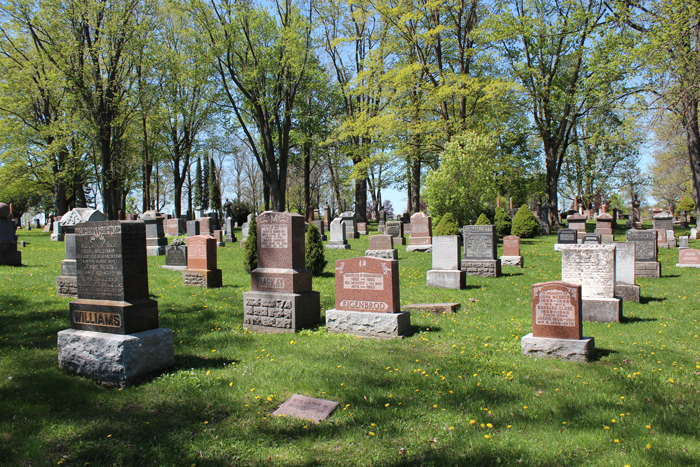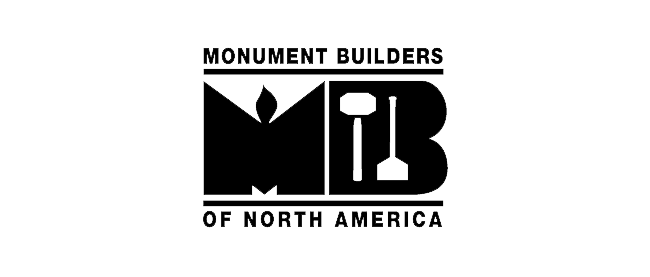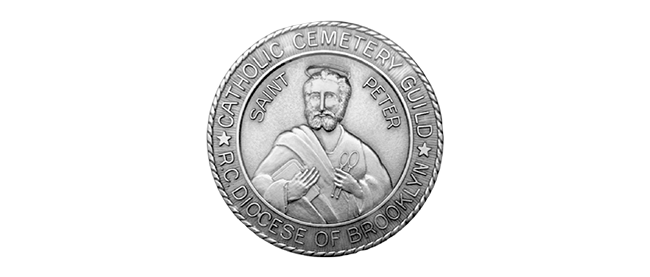History of Memorials & Early Grave Markers

At St. Charles Monuments, we create beautiful headstones and monuments for families and communities. We are Long Island’s first class choice when it comes to a custom memorial company. In history, however, people have not always marked their loved one’s graves with headstones and memorials at all. The history of grave markers is rich and interesting, and for your enjoyment we’ve provided a brief recounting of that history here in this blog post.

Early Grave Markers
Gravesites have not always been marked by upright monuments, as is the common practice today. The practice became popular over time. Through history, graves were marked with a variety of items or sometimes not at all.
When marked, graves were indicated for the purpose of avoiding desecration the burial by walking across the buried remains. They were also marked for practical reasons of wanting to create order, as well as to avoid planting or building and accidently excavating a burial.
Some early memorials included:
A pile of stones. For more information on how this practice has continued over time to become a tradition of grave visiting in the Jewish community, click here.
A cross, for the Christian memorial, commonly made of wood tied together with some form of cloth or rope.
Actual burial tombs for the rich, more similar to mausoleums, which have dated back as far as 4,000 B.C.
Wooden headstones predated stone headstones, because the material was easier to carve epitaphs and personal information into and was therefore less costly to commission.
Stone headstones became the style of memorial from the 17th century onward, initially made of slate and sandstone.
Early Gravesites
In history, memorials were often done close to the family home. This allowed the family 100% control over caring for their loved one in passing and ease of visiting or maintaining their gravesite. It was most common for a “family plot” to exist on the side of the home, or on another part of the family’s property.
Over time it became more common for services and burials to occur at church, with the final resting place being the cemetery of the family’s church. During this time public cemeteries also emerged, located separately from the churches, mosques, and synagogues. These changes occurred from the 17th century to the 19th century, and continuing forward as the common practice now.
Contact Us
Contact the Long Island memorial and monument experts at St. Charles Monuments for a discussion of what kind of grave marker would be best for your loved one. We offer a wide variety of upright monuments and memorials. For more information on custom Long Island headstones and to select what is best for you and your family, download our buying guide.





